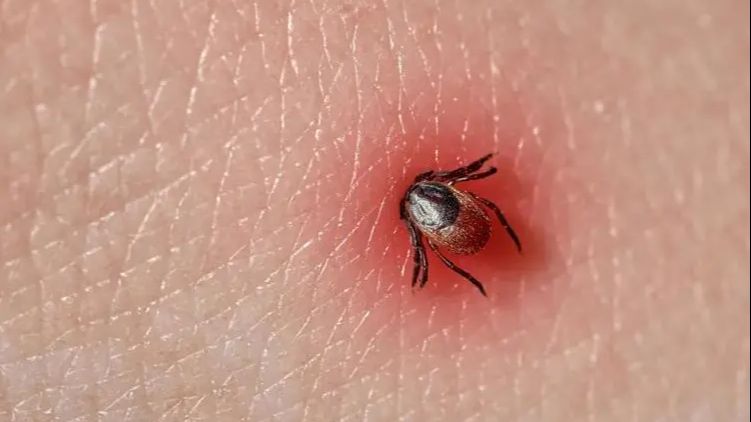On the vast stage of nature, there are all kinds of strange creatures, among which ticks are one. Ticks, as the name suggests, are small insects that parasitize on hosts, and although small, they can cause significant trouble. Whether in deep mountains or in fields, ticks can quietly wait there, waiting for their opportunity. When they are discovered, effectively removing ticks becomes an important task for people.
There are various methods for tick removal, each with its own characteristics and applicable scenarios. However, this is not just a simple technical struggle, but also a subtle integration between humans and nature. While we discuss methods for tick removal, we cannot help but reflect on the relationship between humans and nature, and how to solve problems while respecting nature.
First, the most traditional method is manual removal. When we find ticks attached to our bodies after outdoor activities, we gently grasp the tick's head with fine tweezers or fingers, and then, with a firm and slow motion, gradually pull the tick away from the skin. This seemingly simple action actually requires patience and care, because if not completely removed, the tick's head may remain under the skin, causing inflammation. However, the limitation of this method is that if not careful, it may lead to the tick releasing more pathogens, increasing the risk of infection.
Secondly, some medications and chemical agents are also used for tick removal. For example, some drugs can cause ticks to detach from the host and accelerate their death. However, this method also has certain issues, first regarding environmental impact, as chemical agents may pollute soil and water sources, damaging the ecosystem. Secondly, long-term use of medications may lead to ticks developing resistance, making control more difficult.
Another method is to use tick-repelling herbs. In some folk traditions, certain herbs are believed to have flea and insect-repelling properties, such as neem leaves and mugwort. People can make herbal water from these herbs for bathing or spraying, thereby achieving the effect of repelling ticks. This method can reduce the use of chemical drugs to some extent, but its effectiveness may vary from person to person and lacks scientific validation.
Of course, modern technology has also brought new hope for tick removal. Genetic engineering technology is being used to develop genetically modified ticks that cannot transmit diseases. The advantage of this method is that it does not pollute the environment and does not lead to drug resistance. However, genetic engineering involves ethical and safety issues that need to be carefully weighed.
In addition to the above methods, there are also more innovative and exploratory approaches. For example, some research teams have begun to experiment with biological control, cultivating predatory organisms such as spiders and ants to control tick populations. This method helps maintain ecological balance, but also requires in-depth research and practice.
While discussing tick removal methods, we should also reflect on the relationship between humans and nature. Ticks, as a part of nature, although they bring some inconvenience and pain to people, also play a certain role in the ecosystem. Should human intervention respect the balance of nature, rather than merely pursuing our own interests? How can we protect the ecological environment while solving problems?
In summary, there are various options for tick removal, each with its applicable scenarios and pros and cons. When choosing a method, we should not only consider the effectiveness of solving the problem but also think about the principles of harmonious coexistence with nature. Whether it is traditional manual removal or modern genetic engineering technology, each method should be weighed within the framework of science, ethics, and the environment, in search of a more ideal solution. In this process, perhaps we can also better understand nature, cherish nature, and coexist with it.
